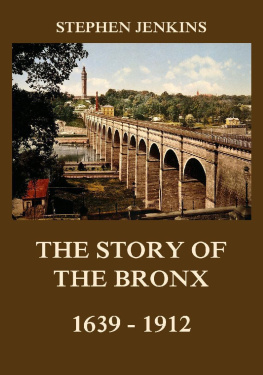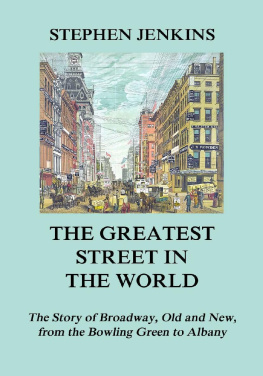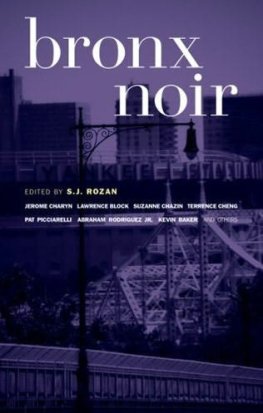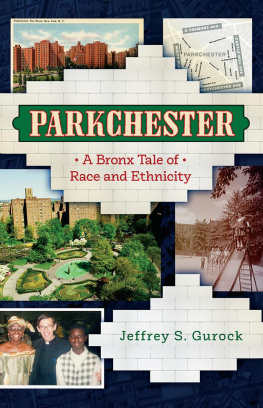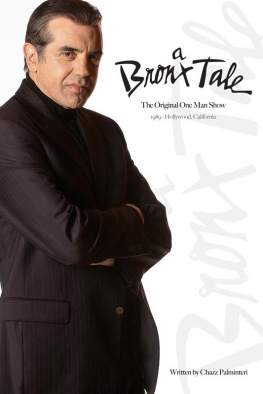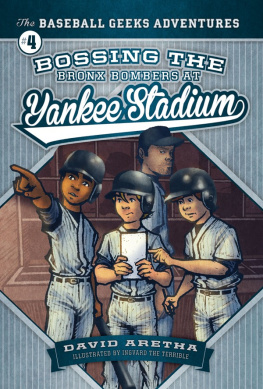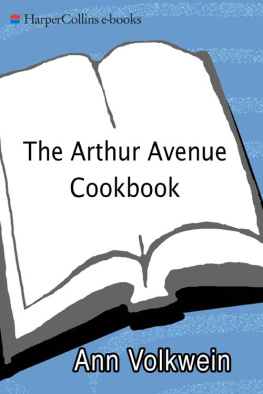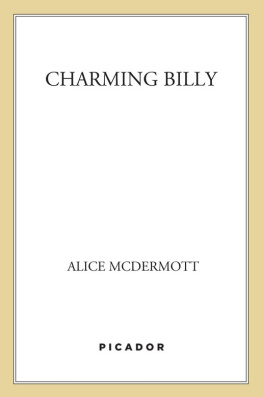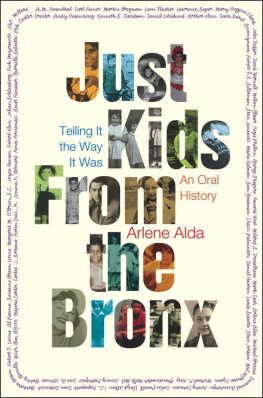THE preparation of this history has taken over a decade, during which time I have jotted down various facts and incidents as I have run across them, either in books, or in the daily press, or in magazines. I have kept no account of the sources from which I have drawn my facts, so that I can furnish no bibliography. The principal sources from which a great deal of the early historical matter has been drawn are Bolton's History of Westchester County (both editions) and Scharf's History of Westchester County. The earlier history of the Borough can be found in both these works, if one has plenty of time to search for it.
The facts in regard to railroads I have obtained from the reports of the State Engineer, from those of the Railroad Commission, from Poor's Manual, and from the officials of the several roads of which descriptions are given. I have, also, received direct information in regard to churches from the pastors and others connected with such institutions. I am especially indebted to Father D. P. O'Neil for information concerning the Roman Catholic Church.
Most of the pictures illustrating this book are from actual photographs taken by me. Few old prints of the Borough exist; but J. Clarence Davies, Esq. has a very fine collection of New York prints and pictures which he very kindly placed at my disposal for copying. Others have been equally kind in other matters, and I here wish to thank those who have so kindly taken the trouble to answer my inquiries or to give me information.
There are to-day in the old city of New York (the Borough of Manhattan) but three pre-Revolutionary structures of a public or semi-public character: Fraunces Tavern, St. Paul's Chapel, and the Roger Morris, or " Jumel, " mansion. Within the Borough of The Bronx there are still a number of historic landmarks. If this book lead to the preservation of but one of these, I shall feel that it has not been written in vain.
Stephen Jenkins. Mt. Vernon, New York, April, 1912.
CHAPTER I. THE POLITICAL FORMATION OF THE BOROUGH, AND ITS TOPOGRAPHY
THE city of New York is divided for administrative purposes into five boroughs: Manhattan, the original city of New York upon the island of Manhattan; Brooklyn, the old city of that name in the county of Kings; Queens, in the county of the same name, adjoining Brooklyn; Richmond, or Staten Island; The Bronx, the Borough lying north of the Harlem River.
November 1, 1683, the county of Westchester was formed. Its western boundary was the Hudson River; its northern, Dutchess (now Putnam) County; its eastern, the Connecticut Colony and Long Island Sound; its southern, the East and Harlem rivers and Spuyten Duyvil Creek. The Borough of The Bronx was included within the county of Westchester until 1874 for the western part of the Borough, and until 1895 for the eastern part. Its history is until these dates that of the county. The county also included the islands contiguous to its shores.
By act of the State Legislature, March 7, 1788, all the counties were divided into townships. There were twenty-one of these in Westchester County, following very closely the lines of the ancient manors and patents. The section under consideration was formerly within the towns of Yonkers, Morrisania, Eastchester, Pelham, and Westchester.
Yonkers was a part of the Philipsburgh Manor, sequestrated by the State in 1779, on account of the disloyalty of its owner, Colonel Frederick Philipse. The part of the township within the Borough was known as Lower Yonkers; and it remained a part of the original township until June 1, 1872, when the city of Yonkers was incorporated. At the same time, the portion of the township lying south of a line drawn from the northwest corner of the land belonging to the Sisters of Charity, known as St. Vincent de Paul, due east to the Bronx River, was set off as a new township under the name of Kingsbridge. It remained a part of the Yonkers township until December sixteenth of the same year, when the selection of town officers was perfected. Its northern boundary was the line given above, from the Hudson River to the Bronx; its southern, the northern line of the ancient manor of Fordham, from the Harlem River at East 230th Street to a point on the Bronx River between First and Second avenues, Williamsbridge, and Spuyten Duyvil Creek; its western, the Hudson River.
Morrisania was the most sparsely settled section of the whole county; and why it should have been made into a township is not clear, unless it was by reason of the influence and prominence of its owner, Lewis Morris, the signer of the Declaration of Independence. The new Constitutional government had gone into effect in New York in 1789, but the site of the permanent capital of the nation was a matter of considerable discussion. Morris believed his manor to be an ideal spot for it; hence, its formation into a township. On October 1, 1790, the Congress in session at New York was to determine the location of the new capital, and Morris memorialized it in favor of Morrisania. He states:
"that the said manor is more advantageously situated for their [Congress's] residence than any other place that has hitherto been proposed to them, and much better accommodated with the necessary requisites of convenience of access, health, and security"; "that vessels from the four Eastern States may arrive at Morrisania through the Sound, in the course of a few hours, and that ships from the Carolinas and Georgia may perform voyages to Morrisania with much more safety and dispatch than they can to the ports of Philadelphia and Annapolis, not being incommoded with tedious passages of two hundred miles each up Bays and Rivers which often consume a fortnight or three weeks passages rendered hazardous by rocks and shoals, and annually obstructed by ice"; "that Morrisania is so situated that vessels may arrive from, or proceed to sea, sometimes in six hours . and that this passage, from the quantity and saltness of the water, has never been totally impeded by ice"; "that Morrisania has always been noted for this particular [health and salubrity], that the fever and ague is unknown, and that persons from other places, emaciated by sickness and disease, there shortly recover and are speedily reinforced in health and vigor"; and further, "that Morrisania is perfectly secure from any dangers either from foreign invasion or internal insurrection"; "that Morrisania being distant only twenty miles from the State of Connecticut, and eight miles from the City of New York, that it therefore can be amply protected by the hardy sons of New England on the one side and the inhabitants of the populous City of New York on the other; that as the chief defense of this country in future must be by its militia . there are more fighting men within a sweep of thirty miles around Morrisania than perhaps within the same distance around any other place in America, as there are many populous places which contain large proportions of inhabitants who are principled by religion against bearing arms, and other places which contain negro inhabitants who not only do not fight themselves, but by keeping their masters at home, prevent them from fighting also."

